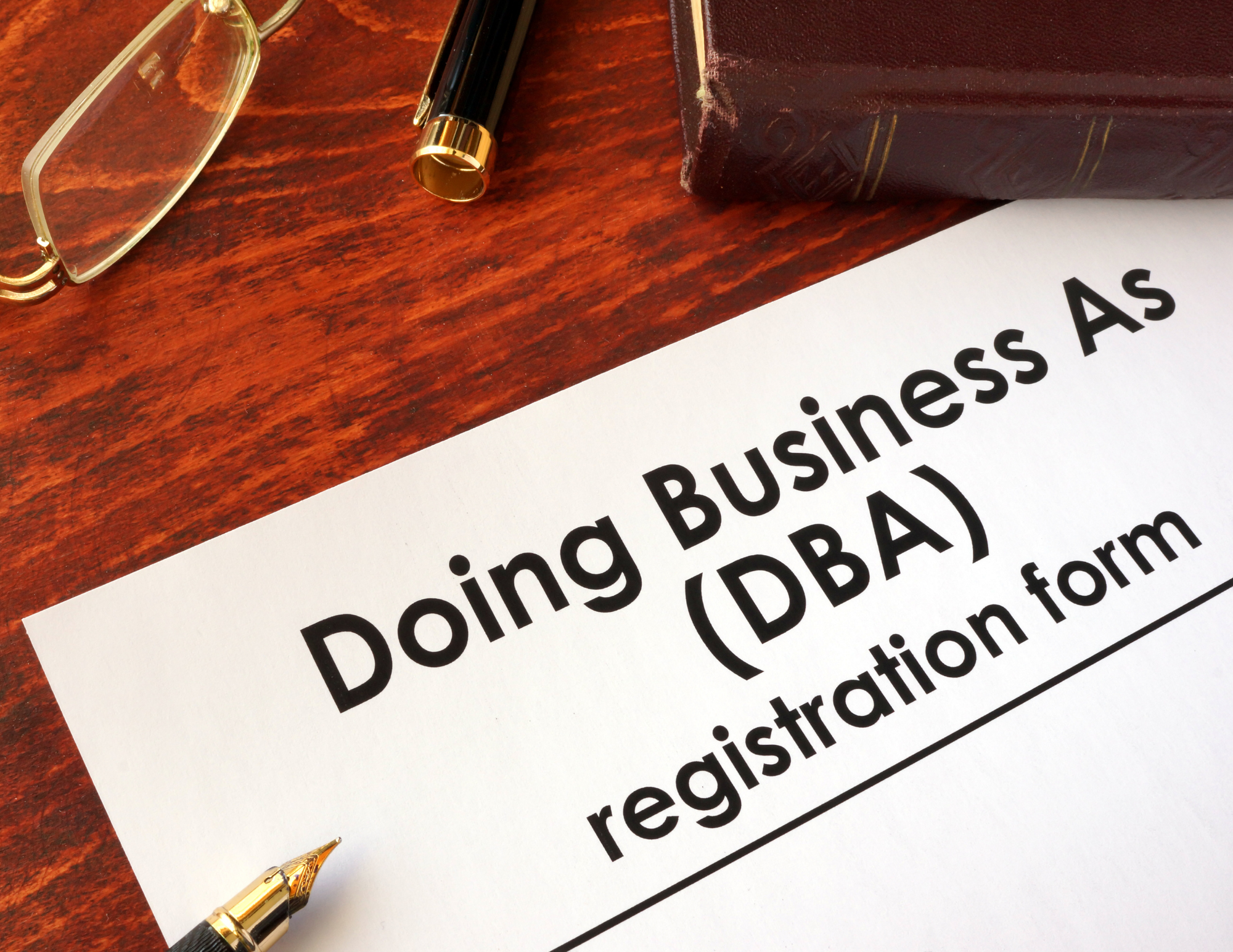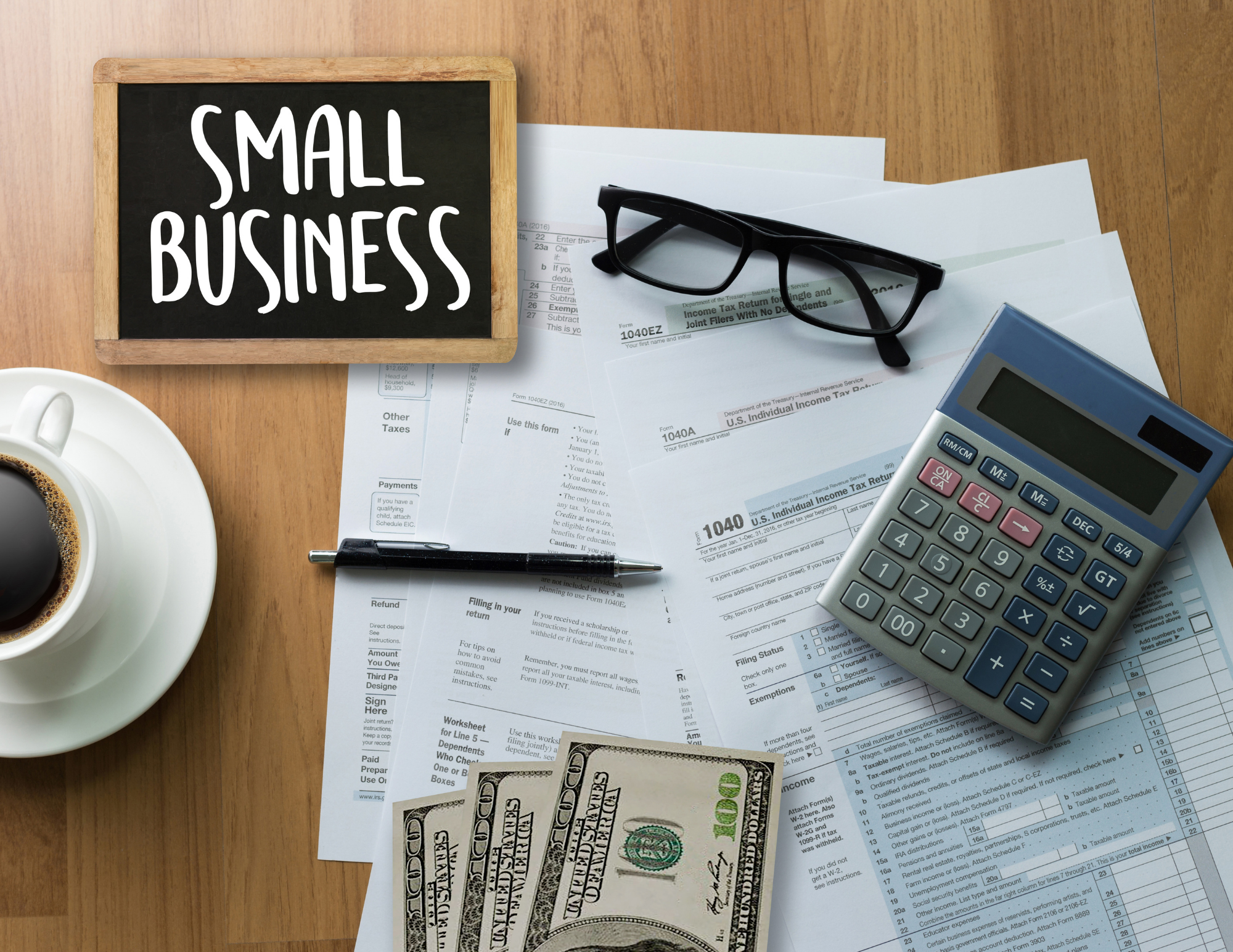Investors choose assets for a variety of reasons, including income potential as well as capital growth, when making their purchases. Examples of this kind of revenue include dividends and various types of payments.
Furthermore, the terms "dividends" and "distributions," are sometimes interchanged and considered the same thing. However, they are actually significantly different.
Investors can navigate future investing alternatives by knowing how these two sources of income differ from one another.
In this article, we have discussed everything associated with distributions and dividends. Also, you will learn some related terms and concepts linked with these two. Let’s take a look at what we’ll cover ahead:
Difference between Dividends and Distributions
Dividend Yield Versus Distribution Yield
Taxation of Dividends and Distributions
Reporting Dividends and Distributions
Let's Start!
Important Terms
Following we have discussed some crucial terms that you need to understand before diving into the subject of distribution and dividends. Let’s learn:
Shareholder:
A person or organization with ownership in a corporation. Typically, this ownership takes the form of stock shares.
Capital Gain Tax:
A tax is imposed on the gain obtained on the selling of an asset, such as a share of stock. Upon selling an asset, you will pay a short-term capital gains rate if you've owned it for less than a year; if you've owned it for more than a year, you'll pay a long-term capital gains rate, which is often lower.
Difference between C Corp and S Corp:
Both C corps and S corps have shareholders and offer liability protection to business owners, however, there are a few significant differences between C Corp and S Corp:
- S corporations are limited to 100 stockholders, whereas C corporations are not.
- C corporations may provide dividends to stockholders, while S corporations may do the same.
- S corps must be owned by US nationals, whereas C corps may have owners from other countries.
- While S corps can only issue one kind of stock, C corps can issue many classes.
Understanding Dividends
You become a partial owner of a corporation when you purchase shares of its stock. In that case, you may be eligible to earn a payment from the company's profits, which is called a dividend.
Further, dividends are the most typical type of cash distribution offered by C corporations—typically large companies with shares that trade on major stock exchanges like the New York Stock Exchange and NASDAQ.
Companies could decide not to always distribute dividends. Instead, they could opt to keep the cash and invest it in a company-related project. In this manner, it has the chance to finance future operations or internal growth.
Dividends can take many different forms. The most common sort of dividends is often cash dividends, although other types include stock dividends, property dividends, scrip dividends, and liquidated dividends.
Furthermore, dividends are seen by the IRS as existing independently of actual stock ownership. The IRS instead treats it as a percentage of the business's profits. Therefore, dividends are not taken into account when calculating the stock's original cost.
Understanding Distribution
A distribution, as opposed to a dividend, is a cash payment made by a mutual fund or a small business that is incorporated as an S corporation. Such corporations may only have 100 owners or shareholders who are all citizens of the United States. Additionally, they are limited to a single class of shareholders.
A distribution is a cash payment made by a mutual fund or a small firm that is incorporated as an S corporation, as opposed to a dividend. Such corporations may have no more than 100 US people as owners or shareholders. They are also restricted to one class of stockholders.
Difference between Dividends and Distributions
Both dividends and distributions are means used by organizations to distribute a portion of their profits to their shareholders, although they serve different objectives.
A dividend is a percentage of a company's profits, typically in cash but occasionally in shares. A business may distribute dividends to its shareholders. A dividend isn't always a dependable type of payment, though, unlike a salary. If your business experiences financial success, it is typically regarded as a reward or bonus.
A distribution is a similar term for the disbursement of company income, usually in cash, although it only applies to S corporations and not C corporations. A distribution is regarded as an additional payment, much like a dividend.
Dividend Yield Versus Distribution Yield
Before we start learning about dividend yield and distribution yield— let’s first learn about what exactly is yield.
The income that an investment generates is often referred to as yield. Typically, a percentage is used to describe this.
Dividend yields are computed as percentages by dividing the total annual dividend income received by a shareholder by the stock's market value.
A reasonable dividend yield typically ranges from 2 percent to 6 percent, but a lot of factors can make that range greater or lower. Moreover, determining what constitutes a good dividend yield can be challenging due to the multiplicity of influences.
A distribution yield evaluates a shareholder's cash payout in a similar manner. A dividend yield is calculated by annualizing the most recent distribution and dividing it by the investment's net asset value (NAV) at the time of payment.
Several investors buy shares of particular companies' stocks regardless of rises in those shares' stock prices. They are more concerned with the consistency of the dividend payments made by the companies and the history of yearly increases that go along with it. These businesses are known as Dividend Aristocrats, and they are given a seat in the S&P 500 index in exchange for paying and raising their base dividend every year for at least 25 years straight.
Investors can determine whether shares are worthwhile buying by computing the yields on these Dividend Aristocrats or other useful investments for distributions.
Taxation of Dividends and Distributions
It is important to know that S Corporation and C Corporation payouts are taxed differently.
C corporations that submit Form 1120 tax returns are subject to double taxation on their dividends. The company's profits are first taxed. Secondly, because these earnings are distributed as dividends using after-tax funds, shareholders who receive these dividends are responsible for paying taxes on the dividends they have received. It is referred to as double taxation.
Sometimes dividends may classify as qualified dividends. In this case, they are liable to a lower capital gains tax rate. Long-term and short-term dividends on capital gains are other categories that can be made. Long-term capital gains are taxed at standard capital gain rates. However, short-term capital gains are included in regular income.
S corporations that submit tax returns on Form 1120-S (or another form specifically designated for tightly held enterprises) typically don't pay any income taxes. Instead, taxes are paid by the shareholders. The assigned portion of the company's profits, or your distribution, is taxed if you own shares of an S corporation.
The specifics of the shareholder's taxation depend on the type of income they receive when they receive a distribution. If it is normal income, your individual tax burden includes the regular income tax rates. This kind of revenue is disclosed on Form 1040.
The shareholder pays a reduced tax rate, though, if the distribution is classified as capital gains (or dividends accrued when an S business was a C corporation).
Reporting Dividends and Distributions
As a business owner, it is essential to appropriately declare any dividends or distributions you receive; otherwise, the IRS may charge you.
You must declare dividends on the 1099-DIV form if your company is a C corp. Distributions are reported on Schedule K-1 (Form 1120-S) in Box 16 for S corporations. This form breaks down each shareholder's income, gains, losses, tax deductions, and credits. It is designed exclusively for S companies with shareholders.
Do the following before filling up your forms:
- Organize your paperwork: Having the appropriate data on hand helps to speed up the reporting process. assemble your documents of incorporation, most current business tax return, and financial statements for the company.
- Speak with your Accountant: For assistance in accurately reporting your dividends or distributions, contact your company's accountant.
Conclusion
A C corporation must pay dividends, which are often made in the form of cash or more shares. Contrarily, a distribution is a payout from an S corporation or mutual fund that is always made in cash.
Distributions are paid with money that hasn't yet been taxed, whereas dividends are paid with money that hasn't yet been taxed. This prevents double taxation. Distributions are viewed by the IRS as a payout of company equity.
How Deskera Can Assist You?
Deskera has the tools to help you manage your payroll, leaves, employee onboarding process, and managing employee expenses, all in a single system. Easily generate pay slips for your employees and simplify your payroll management with Deskera. It also digitizes and automates HR processes including hiring, expenses, payroll, leave, attendance, and more.

Final Takeaways
We've arrived at the last section of this guide. Let's have a look at some of the most important points to remember:
- You become a partial owner of a corporation when you purchase shares of its stock. In that case, you may be eligible to earn a payment from the company's profits, which is called a dividend.
- Further, dividends are the most typical type of cash distribution offered by C corporations—typically large companies with shares that trade on major stock exchanges like the New York Stock Exchange and NASDAQ.
- Dividends are seen by the IRS as existing independently of actual stock ownership. The IRS instead treats it as a percentage of the business's profits. Therefore, dividends are not taken into account when calculating the stock's original cost.
- A distribution, as opposed to a dividend, is a cash payment made by a mutual fund or a small business that is incorporated as an S corporation. Such corporations may only have 100 owners or shareholders who are all citizens of the United States. Additionally, they are limited to a single class of shareholders.
- A dividend is a percentage of a company's profits, typically in cash but occasionally in shares. A business may distribute dividends to its shareholders. A dividend isn't always a dependable type of payment, though, unlike a salary. If your business experiences financial success, it is typically regarded as a reward or bonus.
- Dividend yields are computed as percentages by dividing the total annual dividend income received by a shareholder by the stock's market value.
- A reasonable dividend yield typically ranges from 2 percent to 6 percent, but a lot of factors can make that range greater or lower. Moreover, determining what constitutes a good dividend yield can be challenging due to the multiplicity of influences.
- A distribution yield evaluates a shareholder's cash payout in a similar manner. A dividend yield is calculated by annualizing the most recent distribution and dividing it by the investment's net asset value (NAV) at the time of payment.
- C corporations that submit Form 1120 tax returns are subject to double taxation on their dividends. The company's profits are first taxed. Secondly, because these earnings are distributed as dividends using after-tax funds, shareholders who receive these dividends are responsible for paying taxes on the dividends they have received. It is referred to as double taxation.
- S corporations that submit tax returns on Form 1120-S (or another form specifically designated for tightly held enterprises) typically don't pay any income taxes. Instead, taxes are paid by the shareholders. The assigned portion of the company's profits, or your distribution, is taxed if you own shares of an S corporation.
- As a business owner, it is essential to appropriately declare any dividends or distributions you receive; otherwise, the IRS may charge you.
- You must declare dividends on the 1099-DIV form if your company is a C corp. Distributions are reported on Schedule K-1 (Form 1120-S) in Box 16 for S corporations. This form breaks down each shareholder's income, gains, losses, tax deductions, and credits. It is designed exclusively for S companies with shareholders.
- The shareholder pays a reduced tax rate, though, if the distribution is classified as capital gains (or dividends accrued when an S business was a C corporation).
Related Articles













